Home>Garden Essentials>When Did Crop Rotation Start In The U.S.?
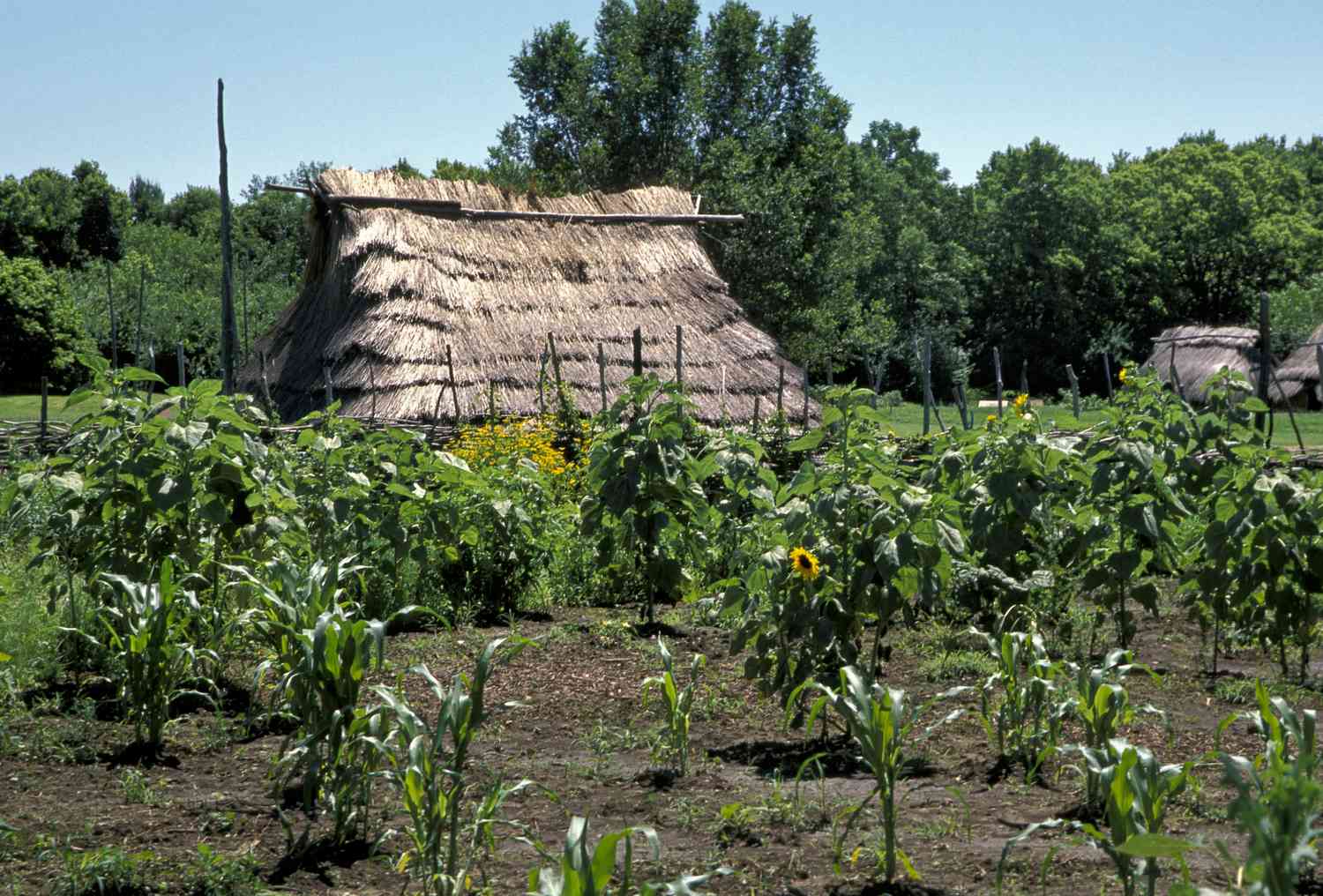

Garden Essentials
When Did Crop Rotation Start In The U.S.?
Modified: September 1, 2024
Discover the history of crop rotation in the United States and how it revolutionized gardening. Learn when this sustainable technique began and its impact on gardens.
(Many of the links in this article redirect to a specific reviewed product. Your purchase of these products through affiliate links helps to generate commission for Storables.com, at no extra cost. Learn more)
Introduction
Agriculture has always played a vital role in the development and sustenance of human civilizations. From ancient times, farmers have been constantly seeking ways to improve crop yields and maintain soil fertility to ensure successful harvests. One of the most significant techniques that emerged in the realm of agriculture is crop rotation.
Crop rotation is a practice that involves growing different crops in a particular sequence in the same area over a period of time. This systematic rotation offers numerous benefits such as pest control, weed suppression, soil nutrient replenishment, and overall improvement in crop health. But when did crop rotation start in the United States? Let’s delve into the history of early agricultural practices in the U.S. to find out.
Key Takeaways:
- Crop rotation, a farming technique that involves growing different crops in a sequence, started in the U.S. influenced by Native American practices and European innovations. It helps maintain soil health and improve crop yields.
- Crop rotation offers benefits like pest control, weed suppression, and improved soil fertility. It’s like giving the land a balanced diet, keeping it healthy and productive for growing delicious and nutritious crops!
Early Agricultural Practices in the U.S.
Before the advent of modern farming techniques, Native American tribes across North America practiced various forms of agriculture. These early agricultural practices were deeply rooted in sustainability and a deep understanding of the land.
One prevalent practice among Native American tribes was the “Three Sisters” method, which involved the intercropping of corn, beans, and squash. This companion planting technique enhanced the overall productivity of the crops, as each plant had its own unique benefits to offer. Corn provided support for the climbing beans, beans fixed nitrogen in the soil, benefiting the other plants, and squash acted as a natural weed suppressor and moisture retainer.
European settlers arrived in the U.S. in the 17th century and brought with them their own agricultural traditions. The early settlers primarily focused on subsistence farming, growing a mix of staple crops such as wheat, barley, corn, and vegetables. However, they faced numerous challenges due to the lack of knowledge about soil fertility management.
During the colonial era, farmers were mainly dependent on one-crop cultivation, also known as monoculture. This practice involved planting the same crop year after year, often leading to soil degradation, pest outbreaks, and decreased crop yields. The settlers soon realized the need for a more sustainable and efficient farming system.
It was around this time that the concept of crop rotation gained attention in the U.S.
The Origins of Crop Rotation
The origins of crop rotation can be traced back to ancient civilizations such as the Romans, Greeks, and Chinese. These civilizations recognized that continuously planting the same crop on a piece of land depleted the soil of essential nutrients, leading to diminished yields over time.
One of the earliest recorded instances of crop rotation can be found in ancient Rome, where farmers followed a system called “alternation.” This practice involved rotating crops such as wheat, legumes, and fallow periods to restore soil fertility. The Roman writer Cato the Elder documented this practice in his book “De Agricultura,” emphasizing the importance of diversifying crops to maintain soil health.
In Medieval Europe, the agricultural practice of “fallowing” became common. Fallowing involved leaving a field unplanted for a period of time to allow the land to regenerate. However, as populations grew, this method became inadequate to meet the increasing demand for food.
The modern concept of crop rotation as we know it today emerged during the 18th century agricultural revolution in England. English farmers like Charles Townsend and Jethro Tull experimented with different crop sequences and began recognizing the benefits of rotating crops.
The British agricultural pioneer, Charles Townsend, introduced a four-field system in the 18th century. This system divided the land into four fields: one for winter wheat, one for spring crops like barley or oats, one for root crops like turnips or beets, and one left fallow. This rotation allowed for better nutrient utilization, reduced weed and pest pressure, and increased overall productivity.
Jethro Tull, another English agricultural innovator, further advanced the practice of crop rotation with his invention of the seed drill. The seed drill enabled more precise and efficient sowing of seeds, facilitating the adoption of crop rotation on a larger scale.
These innovative ideas began to spread to other parts of the world, including the newly formed United States.
Crop rotation in the U.S. started in the 18th century with George Washington and Thomas Jefferson promoting its use to improve soil fertility and crop yields.
The Adoption of Crop Rotation in the U.S.
The adoption of crop rotation in the United States can be attributed to the efforts of early American agriculturalists who recognized the importance of sustainable and efficient farming practices.
One influential figure in promoting the adoption of crop rotation in the U.S. was George Washington Carver. Born into slavery, Carver became a renowned agricultural scientist and educator. He encouraged farmers to diversify their crops and incorporate legumes, such as peanuts and soybeans, in their rotations. Legumes are nitrogen fixers, meaning they have the ability to convert atmospheric nitrogen into a form usable by plants. This helped replenish the soil with essential nutrients and increased crop yields.
Another influential advocate for crop rotation was Sir Albert Howard, an English botanist. Howard’s work on organic farming methods greatly influenced American farmers in the early 20th century. His book, “An Agricultural Testament,” emphasized the importance of maintaining soil fertility through crop rotation and the use of organic matter.
As the understanding of soil science and agricultural practices advanced, more American farmers began to adopt crop rotation. The Dust Bowl crisis of the 1930s served as a wake-up call, highlighting the dangers of unsustainable farming practices such as continuous monoculture. Farmers in the Midwest and Great Plains region, where the Dust Bowl was particularly severe, started implementing crop rotation as a means of soil conservation. By planting crops such as wheat, corn, millet, and alfalfa in rotation, they were able to prevent soil erosion and improve soil health.
The U.S. Department of Agriculture (USDA) also played a significant role in promoting crop rotation. Through agricultural extension programs and education, the USDA aided farmers in understanding the benefits of crop rotation and provided resources on implementing effective rotation practices.
Today, crop rotation is widely practiced throughout the United States. Farmers understand its importance in maintaining soil health, preventing disease and pests, and optimizing crop yields. Various crop rotation systems have been developed to suit different regions and crop types, allowing farmers to maximize productivity while minimizing environmental impact.
Benefits of Crop Rotation
Crop rotation offers a multitude of benefits for farmers and the environment. Let’s explore some of the key advantages of implementing crop rotation practices.
- Improved Soil Fertility: Crop rotation helps maintain soil fertility by preventing nutrient depletion. Different crops have varying nutrient requirements, and by rotating crops, farmers can effectively manage nutrient levels in the soil. Legumes, for example, fix atmospheric nitrogen, enriching the soil for subsequent crops.
- Pest and Disease Control: Crop rotation disrupts the life cycles of pests and diseases, reducing their prevalence. Rotating crops can help break the cycle of pests and prevent the buildup of pathogenic organisms in the soil. For instance, pests specific to one crop may not survive when a different type of crop is planted.
- Weed Suppression: Crop rotation can help control weeds naturally. Some crops have allelopathic properties, meaning they release chemicals that inhibit the growth of certain weed species. By rotating crops, farmers can effectively suppress weeds without relying heavily on chemical herbicides.
- Enhanced Nutrient Utilization: Different crops have varying root systems, which allows them to extract nutrients from different depths within the soil. Rotating crops with diverse root structures helps maximize nutrient uptake by utilizing the full profile of the soil, preventing nutrient stratification.
- Increased Water Efficiency: Crop rotation can enhance water usage efficiency by reducing water loss through evaporation and improving soil structure. Deep-rooted crops planted in rotation can tap into deep water reserves, reducing irrigation needs. Furthermore, well-structured soil resulting from crop rotation can retain moisture and reduce runoff.
- Sustainable Pest Management: By diversifying crops through rotation, farmers can reduce their reliance on chemical pesticides and adopt more sustainable pest management strategies. This not only benefits the environment but also reduces input costs for farmers.
- Improved Crop Quality: Rotating crops can contribute to the overall quality of the produce. Some crops, when grown in rotation, have been shown to have better flavor, higher nutritional content, and improved resistance to certain diseases and pests.
Crop rotation is a valuable tool in modern agricultural practices. It promotes sustainable farming, preserves soil health, reduces reliance on chemical inputs, and enhances overall productivity. By implementing crop rotation, farmers can achieve long-term success and contribute to the environmental stewardship of their land.
Read more: How Did Crop Rotation Affect Macroeconomy?
Conclusion
Crop rotation, a time-honored agricultural practice, has come a long way in the United States. From the early days of Native American tribes practicing the “Three Sisters” method to the adoption of diverse crop rotation systems by American farmers today, the benefits of this technique have been widely recognized.
Through crop rotation, farmers can achieve improved soil fertility, pest and disease control, weed suppression, efficient water usage, and sustainable pest management. The practice also promotes overall crop quality and reduces the environmental impact of agriculture. By implementing crop rotation, farmers can ensure the long-term health and productivity of their land while maintaining a balance with nature.
The adoption of crop rotation in the U.S. was a gradual process, influenced by historical agricultural practices and advancements in scientific understanding. Early American agriculturalists like George Washington Carver and the work of Sir Albert Howard paved the way for the widespread adoption of crop rotation across the country.
Today, crop rotation is an integral part of modern farming practices. Farmers, supported by organizations like the USDA, have embraced the benefits of crop rotation and continue to refine and adapt rotation systems to suit their specific crops and regions. Crop rotation is a sustainable approach to agriculture that ensures the long-term viability of farming, protects the environment, and helps to meet the growing demand for food.
As we look to the future, the importance of crop rotation cannot be overstated. With the challenges of climate change, soil degradation, and the need for sustainable agriculture, crop rotation stands as a valuable tool in ensuring a resilient and thriving farming system. It is through the continued practice and innovation of crop rotation that we can build a more sustainable and secure future for our food production.
Frequently Asked Questions about When Did Crop Rotation Start In The U.S.?
Was this page helpful?
At Storables.com, we guarantee accurate and reliable information. Our content, validated by Expert Board Contributors, is crafted following stringent Editorial Policies. We're committed to providing you with well-researched, expert-backed insights for all your informational needs.
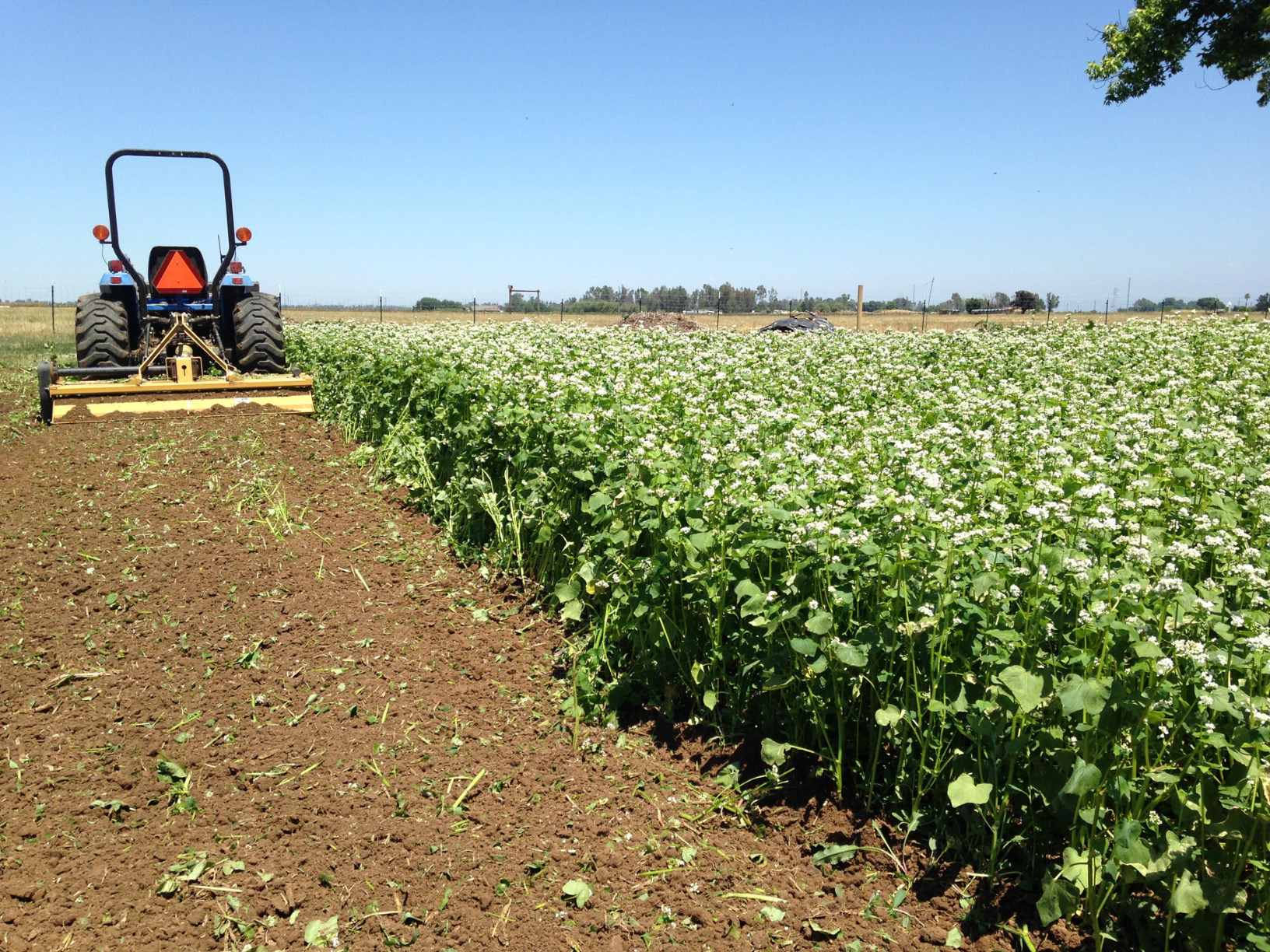
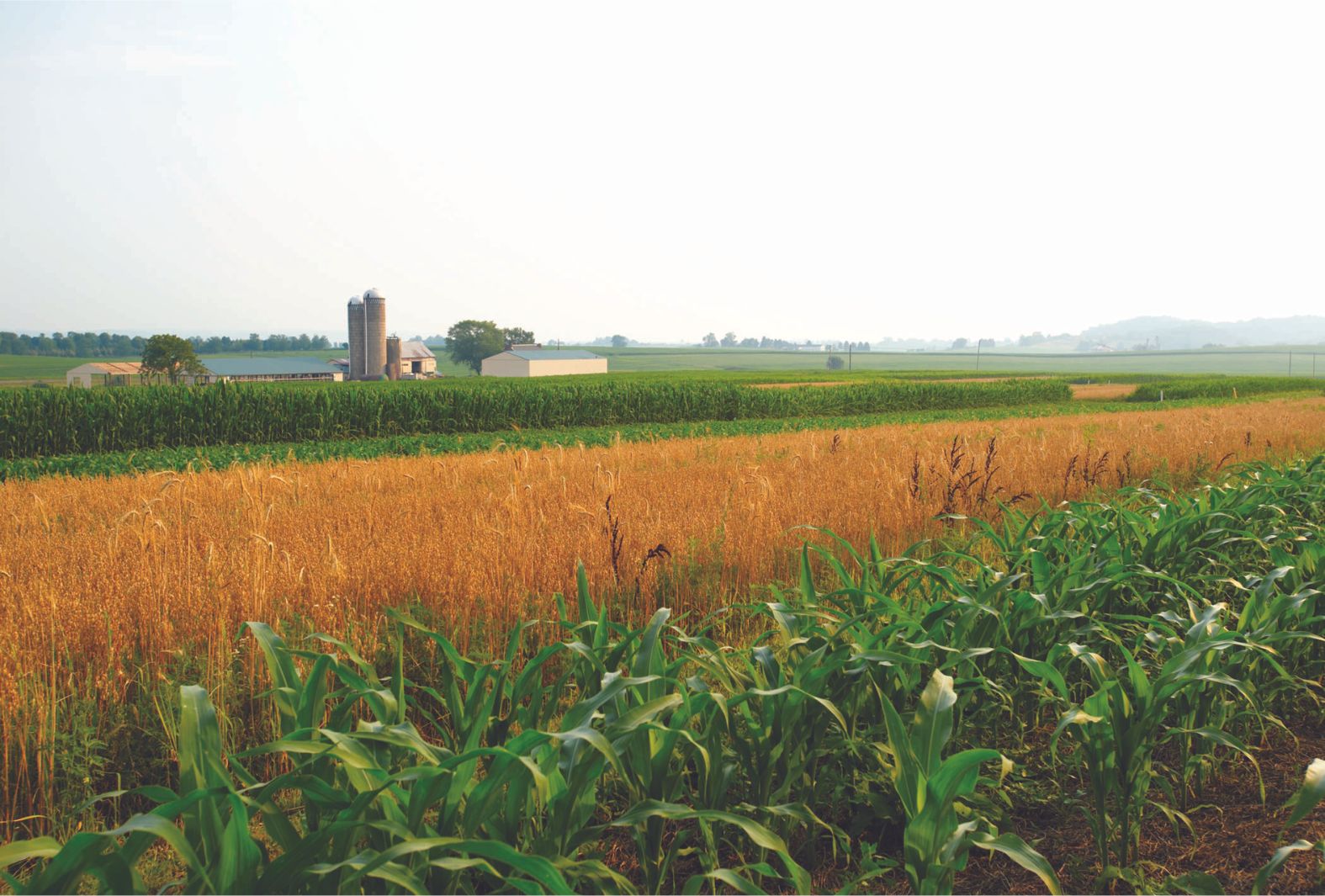
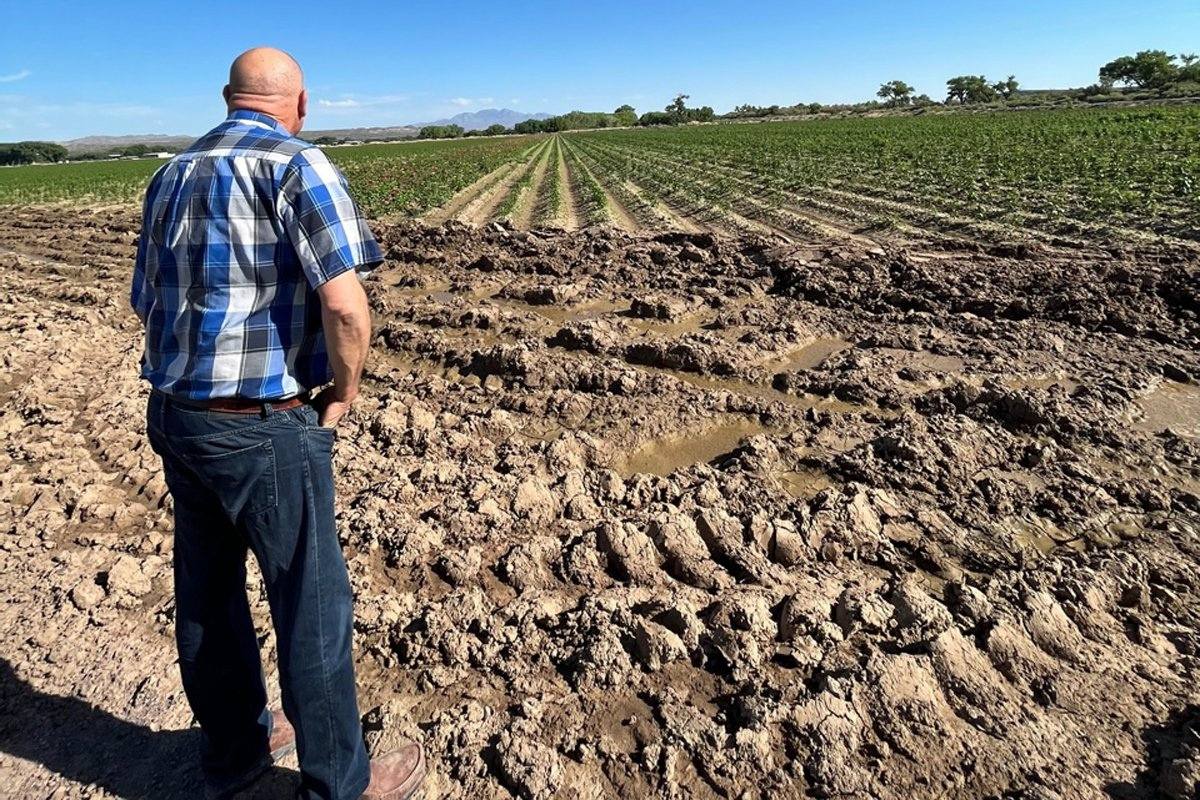
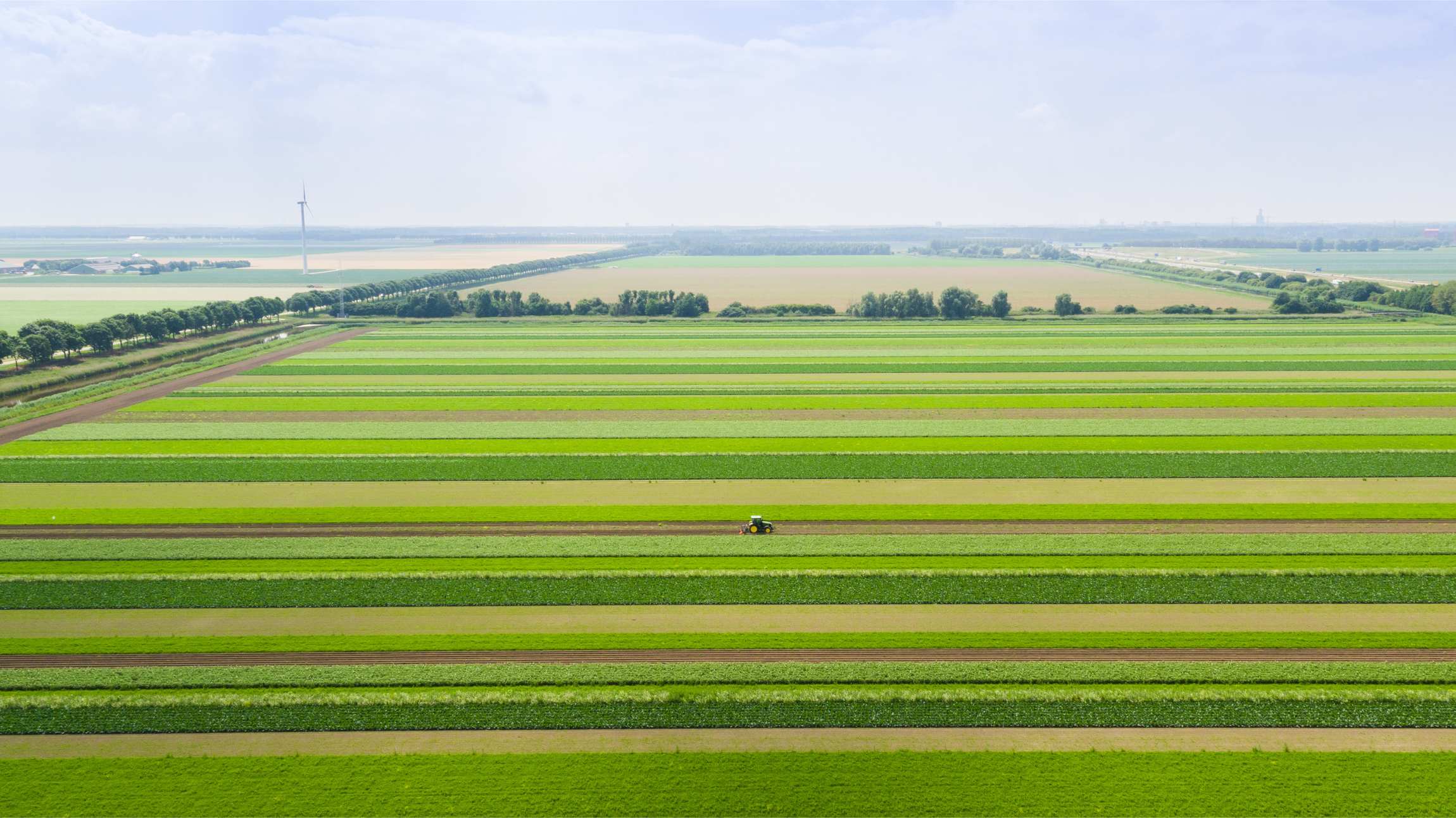
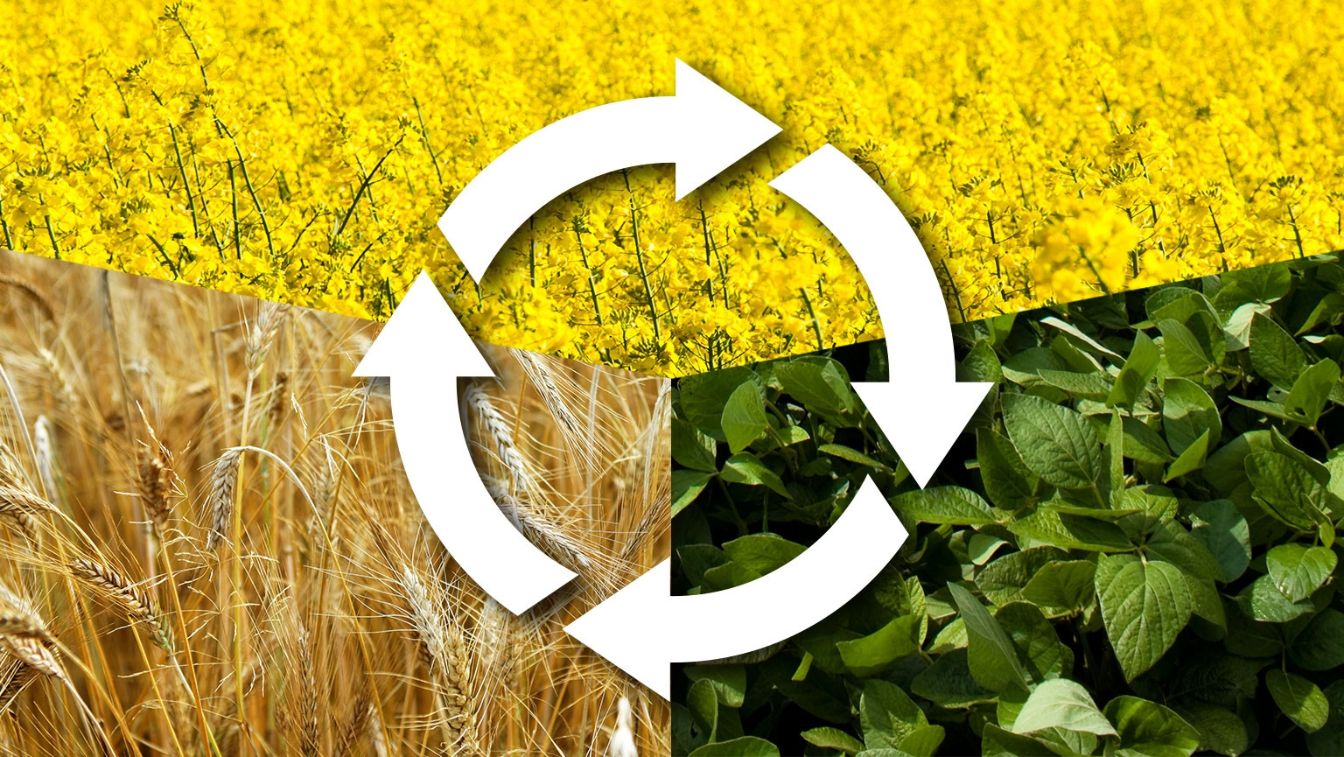
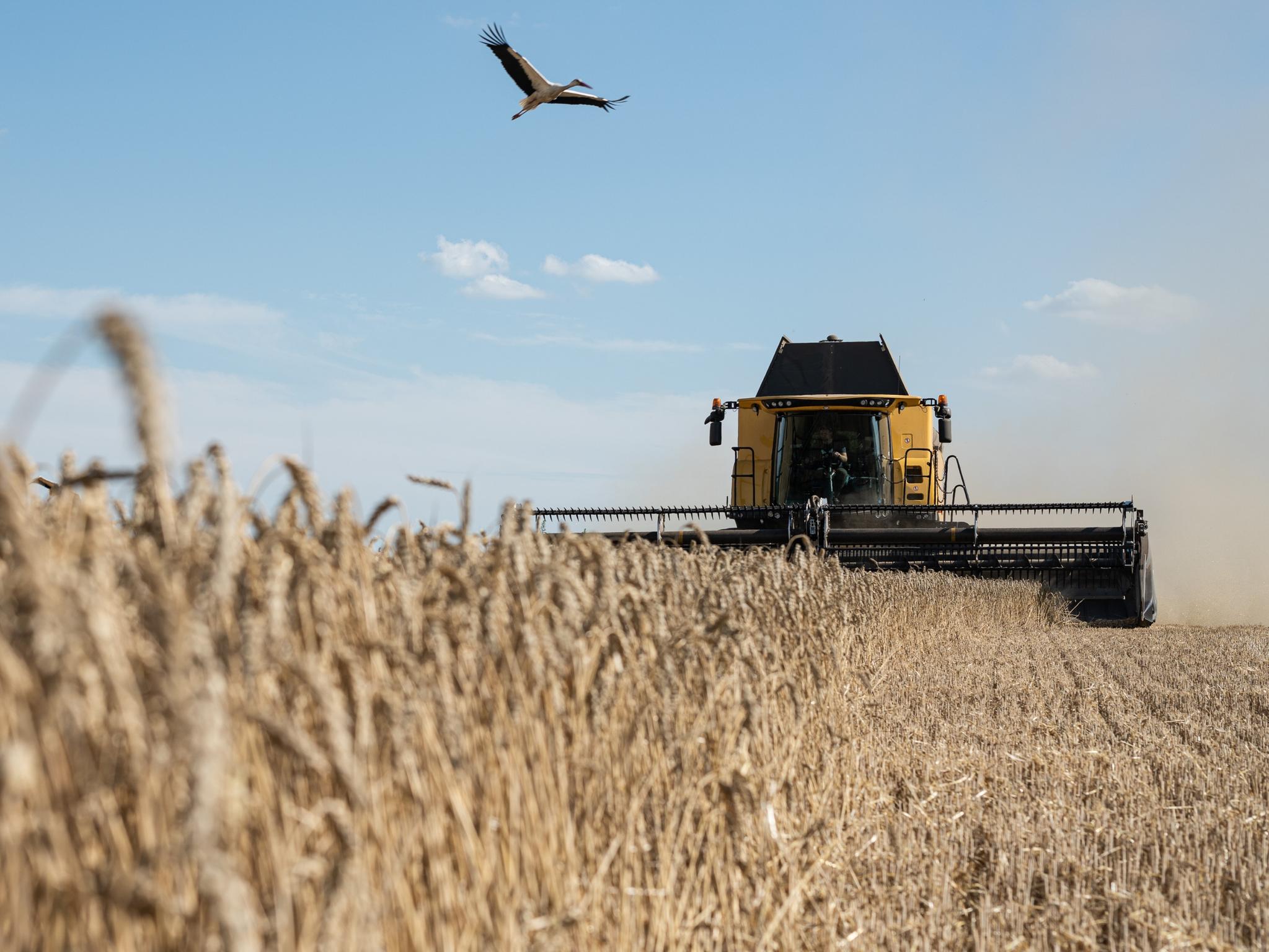




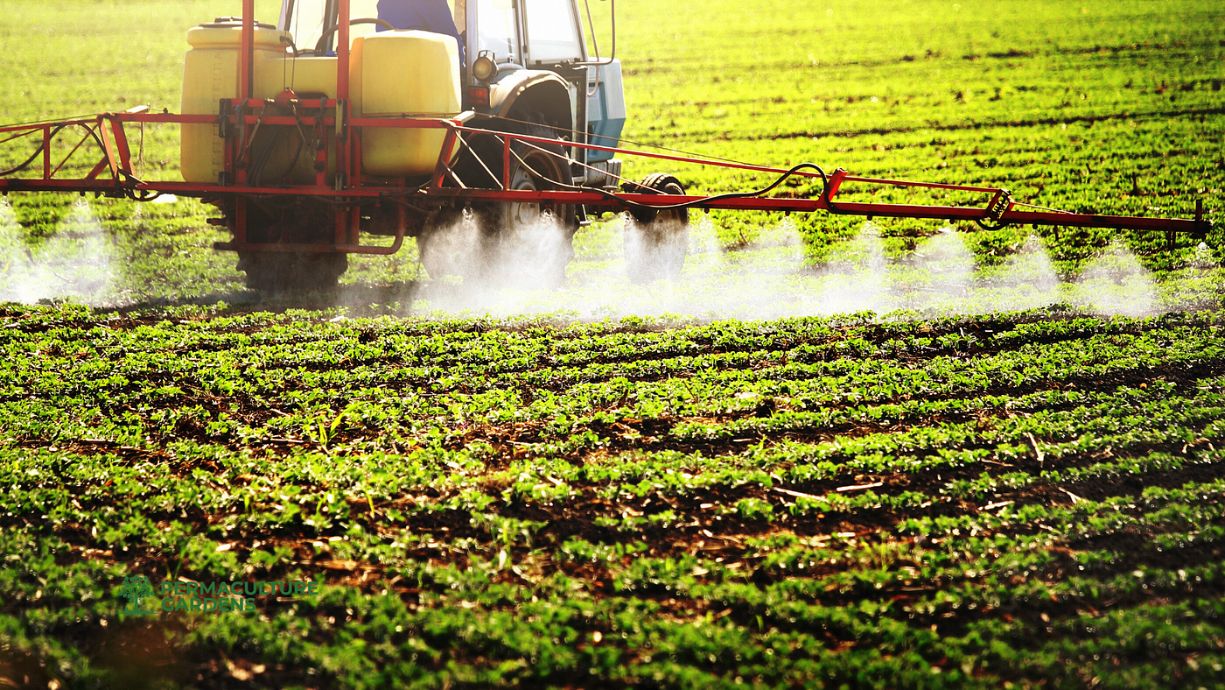




0 thoughts on “When Did Crop Rotation Start In The U.S.?”